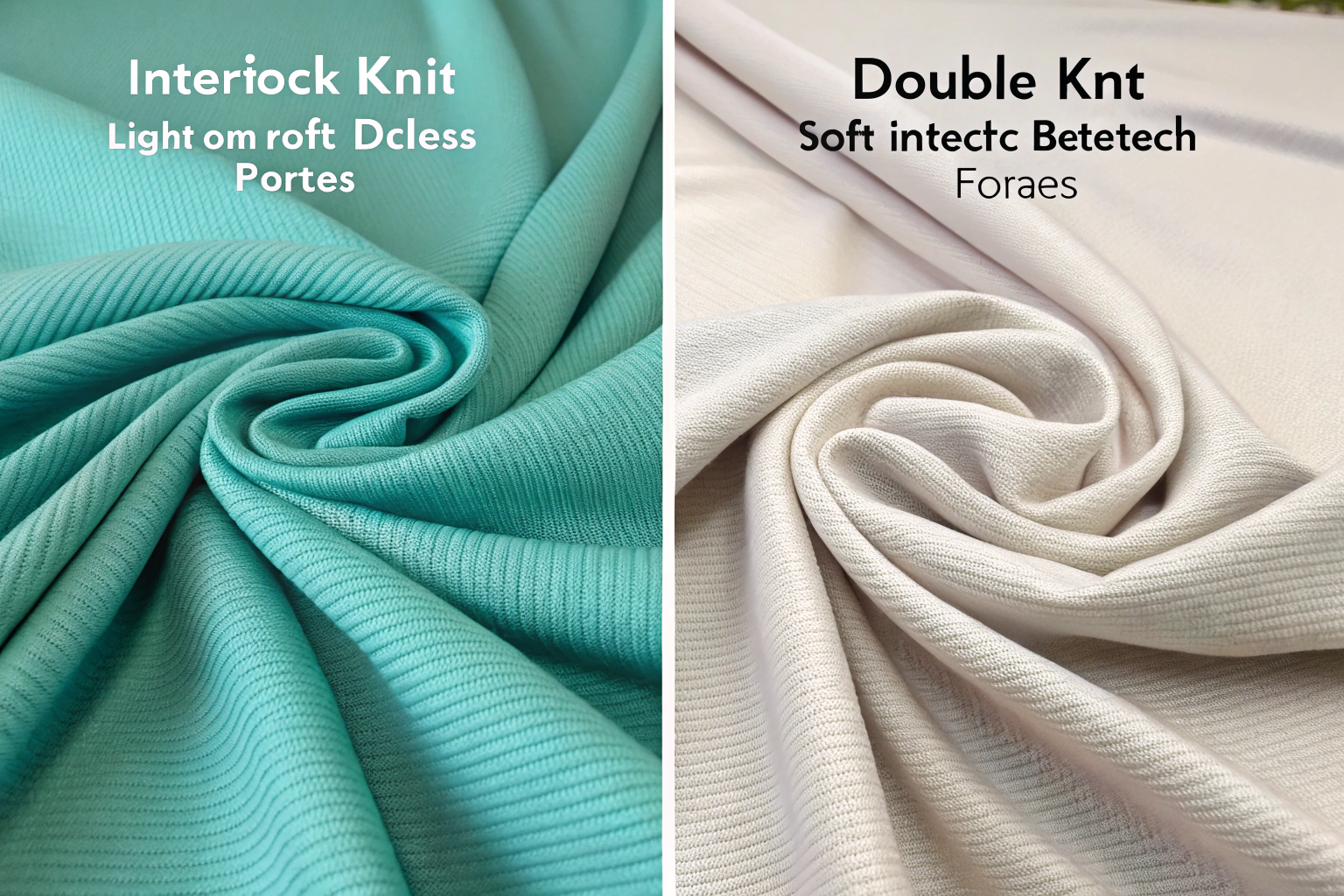Choosing the right fabric for dresses presents a common challenge. Designers and brands often compare interlock and double knit fabrics. Both options have distinct characteristics. The wrong selection can affect a dress's drape, shape, and comfort. Understanding these differences ensures better design decisions.
Interlock knit is lightweight and soft. It offers excellent stretch for flowing dresses. Double knit (Ponte) provides more structure and stability. It maintains shape in tailored dresses. Both fabrics use weft knitting techniques. However, their constructions differ significantly.
Our company has twenty years of fabric manufacturing experience. We supply both interlock and Ponte knits globally. This guide explains each fabric's properties clearly.
What is interlock knit fabric and its properties?
Interlock knit represents a specific double-knit category. Its construction involves two jersey layers. These layers connect back-to-back. This process creates smooth surfaces on both sides. The fabric becomes naturally reversible.
Interlock knit feels exceptionally soft. It has lightweight drape characteristics. The fabric uses fine natural fibers typically. Cotton and cotton blends are common choices. These materials ensure breathability and skin comfort. Designers choose interlock for casual and summer dresses. The fabric provides four-way stretch capability.
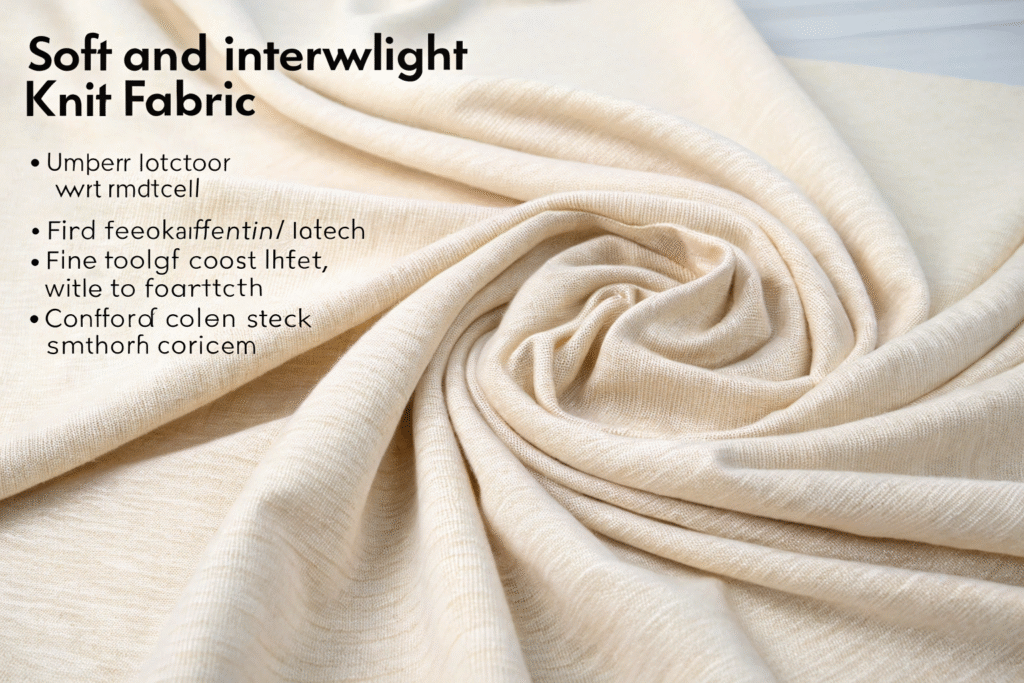
How is interlock knit fabric constructed?
Interlock construction requires special machinery. Rib knitting machines with two needle sets are essential. These needles operate simultaneously. They form two interconnected fabric layers. This interlocking mechanism prevents edge curling. The flat-lying fabric simplifies garment manufacturing processes. Cutting and sewing become more efficient. Production time decreases accordingly.
What are the best uses for interlock knit in dresses?
Interlock knit serves specific dress categories optimally. Casual dresses and nightgowns benefit greatly. T-shirt dresses and maxi styles are perfect examples. Children's wear utilizes interlock's gentle texture. The fabric creates fluid silhouettes effectively. Sustainable fashion brands prefer organic versions. Bamboo blends and organic cotton meet eco-friendly standards.
What is double knit (Ponte) fabric and its benefits?
Ponte di Roma refers to a robust double knit. The fabric combines multiple fibers typically. Polyester, rayon, and spandex are common components. This blend creates substantial body and resilience.
Ponte knit offers remarkable firmness. It maintains structural integrity well. The fabric recovers its shape consistently. These properties resist wrinkling and sagging. Tailored dresses utilize Ponte extensively. Sheath and pencil dresses require its stability. Defined silhouettes benefit from its structure.
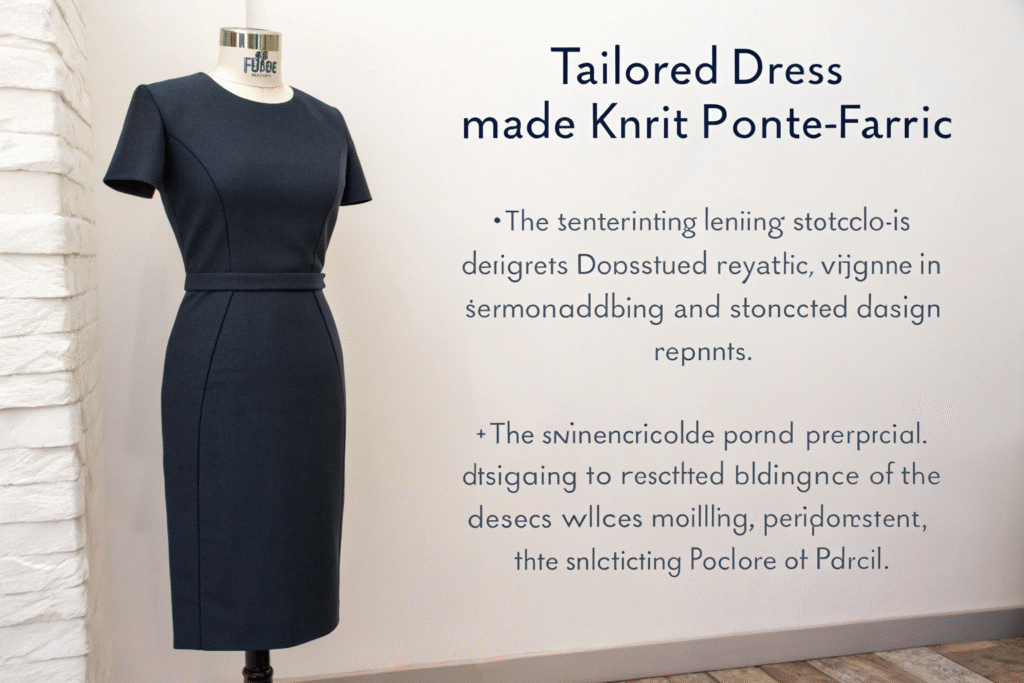
What makes Ponte de Roma so stable and durable?
Ponte's stability comes from multiple factors. Its unique Roma stitch pattern increases density. Synthetic fibers enhance durability significantly. Spandex content enables stretch recovery. This combination prevents tearing and pilling. Quality control measures ensure consistent performance. Our manufacturing process includes rigorous testing.
Why is Ponte ideal for structured dress designs?
Ponte behaves like woven fabric with knit comfort. It holds sharp seams and defined waistlines perfectly. A-line shapes maintain their structure well. The fabric provides smoothing effects in fitted designs. Proper dyeing and finishing prevent shrinkage issues. Color retention remains strong over time.
Interlock vs Ponte: Which is better for your dress line?
The choice depends entirely on design requirements. Each fabric serves different purposes effectively. Style objectives and target markets determine suitability. Cost considerations also influence decisions.
Interlock suits soft and flowing designs. Ponte supports structured and tailored dresses. Each option impacts garment performance distinctly. Understanding these impacts prevents design mistakes.
This comparison table clarifies key differences:
| Feature | Interlock Knit | Ponte Double Knit |
|---|---|---|
| Weight & Thickness | Lightweight, thin | Medium to heavy weight, thick |
| Stretch & Recovery | High stretch, good recovery | Moderate stretch, excellent recovery |
| Drape & Structure | Soft, fluid drape | Firm, structured drape |
| Common Fibers | Cotton, Bamboo, Blends | Polyester, Rayon, Nylon, Spandex |
| Best for Dress Types | T-shirt, casual, maxi, nightgowns | Sheath, pencil, A-line, tailored |
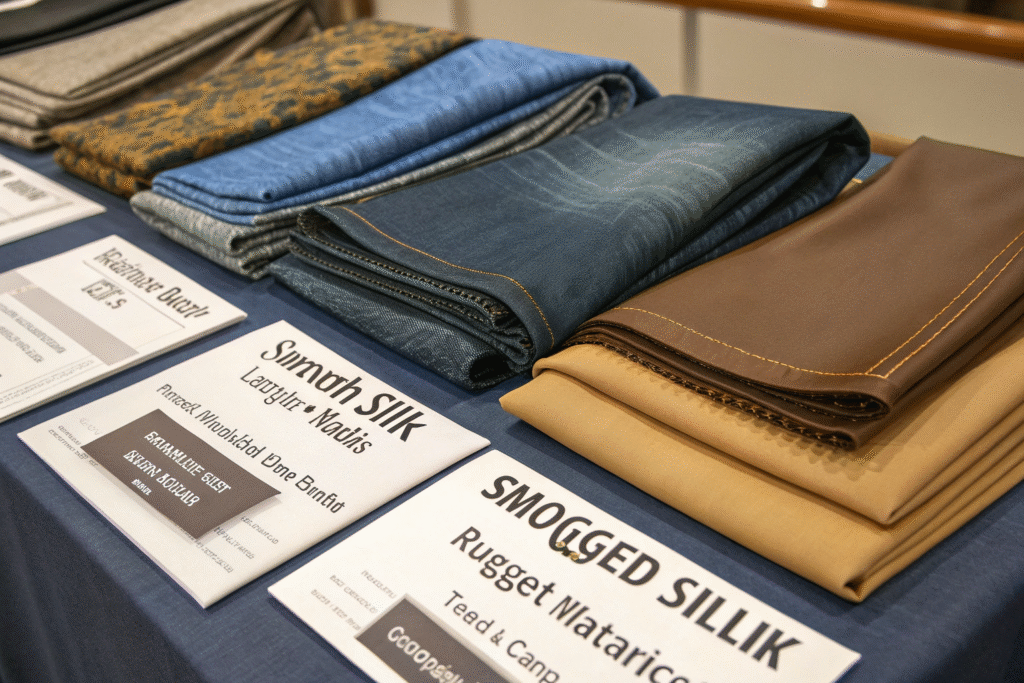
How do they compare in terms of comfort and wearability?
Comfort perception varies with dress style. Interlock provides breathable softness. It allows unrestricted movement throughout the day. Ponte offers supportive containment. Many customers prefer this feeling in formalwear. Brand identity should guide this selection.
What are the cost and production considerations?
Natural fiber costs fluctuate frequently. Cotton interlock prices reflect this volatility. Ponte's synthetic composition ensures price stability. Production handling differs between fabrics. Interlock's flat nature simplifies cutting. Ponte requires stronger sewing equipment. Both fabrics yield professional results when handled properly.
How to source quality interlock and Ponte knit fabric?
Fabric sourcing requires careful partner selection. Consistent quality and reliable supply matter greatly. Batch variations can disrupt production schedules. Brand reputation depends on material consistency.
Quality knit fabrics demand comprehensive manufacturing control. Vertical integration ensures proper quality management. Testing capabilities and sample services are essential. The right partner understands design specifications thoroughly.
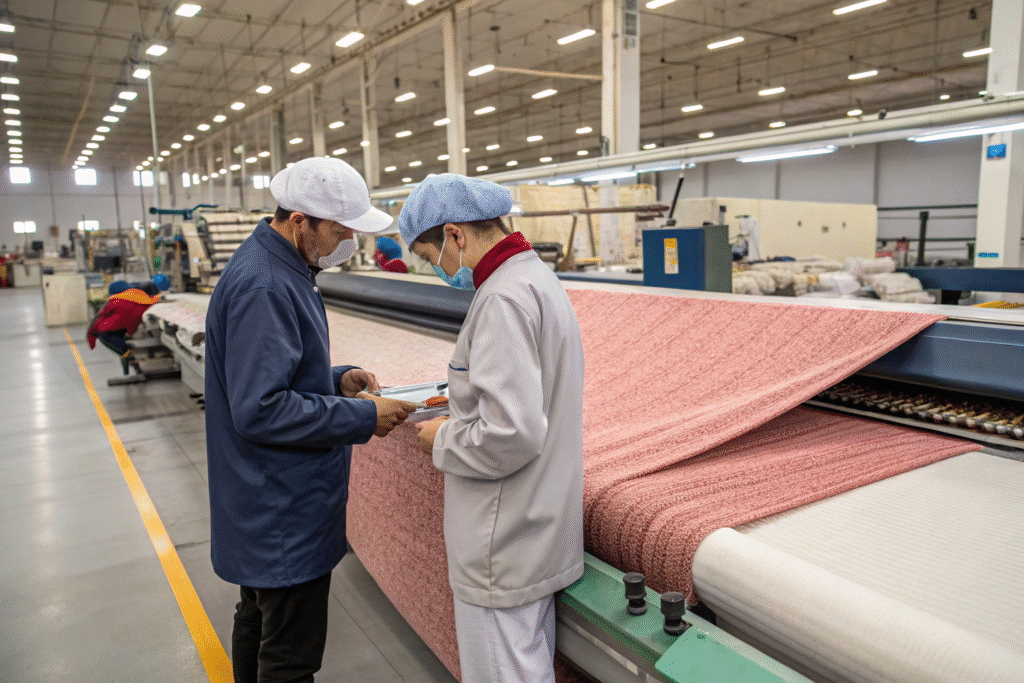
What should you look for in a knit fabric supplier?
Several factors determine supplier reliability. Testing certifications indicate quality commitment. Sample development speed affects design timelines. Minimum order quantities impact new brands. Sustainability certifications meet market demands. Our company addresses all these aspects comprehensively.
Why is a vertically integrated supply chain important?
Vertical integration controls production stages completely. Quality standards apply consistently throughout. Lead times become shorter and more predictable. Cost efficiency improves significantly. Complex fabrics like Ponte require this approach. Fiber blending and finishing need precise coordination.
Conclusion
Interlock and Ponte serve different design purposes effectively. Interlock delivers softness and fluid movement. Ponte provides structure and shape retention. The optimal choice aligns with specific design visions.
Knowledge of fabric properties informs smart sourcing decisions. The right manufacturing partner brings designs to life successfully. Our company offers extensive textile expertise. We maintain vertical integration for quality control. Sample development and bulk production proceed efficiently. Logistics and tariff management are included.
Contact our Business Director Elaine for fabric requirements. Her email is elaine@fumaoclothing.com. We welcome sample requests and design discussions.

